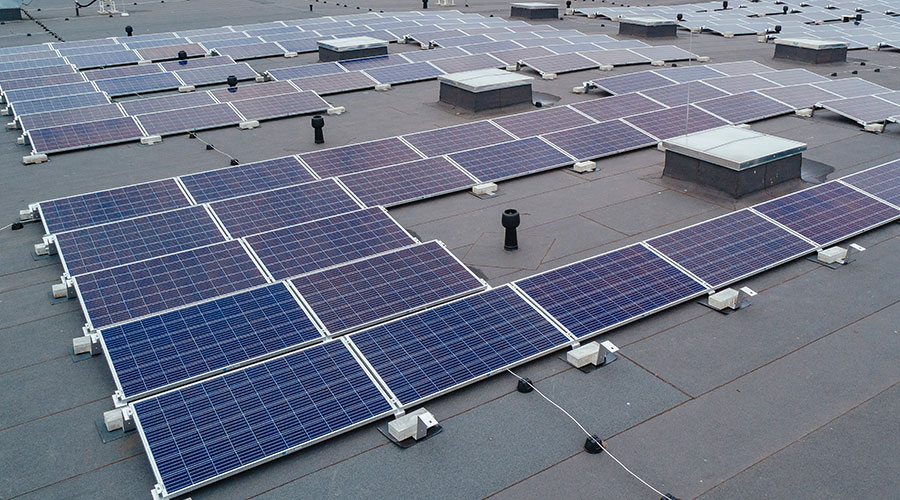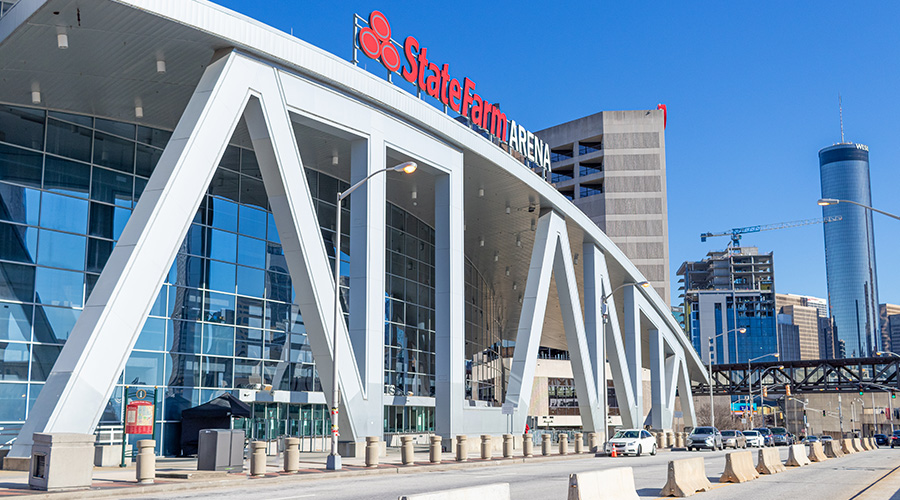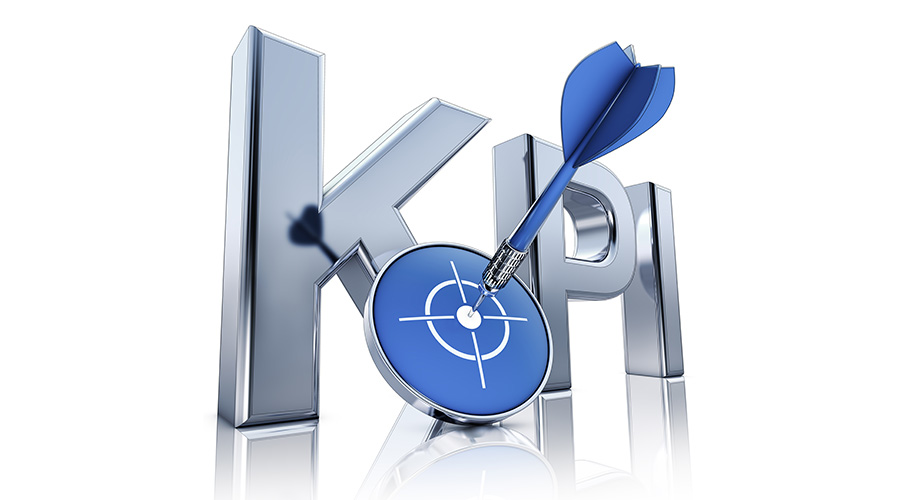Bottom-Line Benefits of Chiller PM
Maintenance and testing guidelines to keep units operating efficiently
Building chillers are a major investment for facilities. They carry a high first cost, they are the single largest user of electricity in most buildings, and they are expensive to maintain. And when they fail to operate properly, they can cost building owners and occupants thousands of dollars in lost time and productivity. So proper maintenance of chillers should be high on the list of priorities of maintenance and engineering managers.
Investing in chiller maintenance also offers a very high rate of return. A comprehensive chiller preventive maintenance (PM) program increases system reliability, extends chiller life, reduces energy costs, decreases the use of refrigerants, and decreases costs associated with downtime. Facilities that have implemented a thorough chiller PM program have found that for every dollar invested in maintenance, they save $10 in operating and breakdown maintenance repairs.
In spite of the need and incentive, chiller PM programs frequently are overlooked. For some, this lack of attention to maintenance stems from a belief that since the chiller is running, it must not need maintenance. For others, it stems from a lack of understanding of what is required and why. In most cases, the deterioration in chiller performance is so slight that it goes undetected.
Chiller PM programs are most effective when designed to meet the needs of the application. Managers must consider such factors as energy costs, chiller age and the type of operation being supported when developing the PM program. Maintenance efforts must balance costs against the desired reliability and level of performance.
Required Elements
All chiller PM programs have three components — operating logs, scheduled inspections and scheduled maintenance activities.
Operating logs. One of the most important, yet often overlooked, tools in chiller PM is the operating log. This log tracks data related to the operation of the chiller. Operators and maintenance personnel use this data to evaluate chiller performance. By looking back through the data, operators can identify trends in chiller performance that are developing so slowly that they cannot be noticed in day-to-day operations. Maintenance personnel also can use data recorded in the log for troubleshooting or diagnosing chiller problems. To be most effective, though, operators must enter data at least once per day. Equally important, someone must review the data regularly.
Information recorded in the chiller log will vary with the type of chiller installed. At a minimum, the log should include the following:
- time and date
- drive motor currents and voltage
- condenser water supply and return temperatures
- chilled water supply and return temperatures
- evaporator and condenser pressure
- oil temperature and pressure.
Operating and maintenance personnel also must record any maintenance activities that are performed, such as the addition of oil, or adjustments made to the chiller.
Scheduled inspections. Scheduled inspections are also an important part of all chiller maintenance programs. Depending on what is inspected, inspections typically are conducted daily, weekly, monthly, annually or biannually. In some facilities — particularly those with multiple large centrifugal chillers —personnel conduct inspections at least once per shift. Items to be inspected also vary with the type of chiller installed.
In most cases, the inspections require only a few minutes to complete and do not interfere with chiller operation. In other cases, such as with the inspection of chiller tubes, the chiller must be shut down and partially disassembled in order to conduct the inspection. In both cases, inspections are designed to maintain the chiller’s operating efficiency and to identify minor maintenance problems so technicians can correct them before they become costly and disruptive.
Scheduled maintenance activities. Like scheduled inspections, scheduled maintenance activities are designed to keep a chiller operating efficiently and correct minor deficiencies before they become costly. Also as with scheduled inspections, technicians should conduct some scheduled maintenance activities while the chiller is operating. Others, such as chiller tube cleaning, require that the chiller be shut down.
Chiller maintenance activities vary with the type of chiller, the number of hours a chiller operates in a year and the conditions under which it operates. It is important to work with the chiller’s manufacturer to identify the maintenance activities to be scheduled and their frequency.
Centrifugal Chillers
For medium-sized to large facilities, centrifugal chillers are a popular choice. They offer high operating efficiency and low maintenance requirements in a relatively compact design. But while centrifugal chiller PM requirements might be low, their maintenance is critical. Ignoring maintenance drastically reduces performance and efficiency, while contributing to frequent breakdowns and early failure.
The most serious maintenance problems facing centrifugal chillers are fouling, corrosion and air leaks. Fouling occurs when solids in the chilled and condenser water drop out of suspension and attach themselves to heat transfer surfaces within the chiller. Even a thin layer of solids can dramatically reduce a chiller’s operating efficiency.
Corrosion, an electrochemical process that takes place within a chiller that attacks metal surfaces, decreases the efficiency of heat-transfer surfaces and can lead to the destruction of individual tubes. The rate of corrosion is determined in part by the quantity of dissolved oxygen in the water, the degree of alkalinity or acidity of the circulating water, and the concentration of dissolved solids in the water.
Since many centrifugal chillers are low-pressure units, a leak in the system can allow air and moisture to enter and mix with the refrigerant. Both of these substances reduce the chiller’s capacity and the operating efficiency. Moisture also mixes with refrigerant to form an acid that attacks internal components.
Fouling and corrosion are best controlled through a water-treatment program that monitors conditions within the chilled and condenser water systems and adds the proper amount of chemicals. Chemical water treatment prevents solids from accumulating on heat-transfer surfaces. Water treatment also prevents corrosion by applying a protective film to metal surfaces.
Purge units that separate the air from the refrigerant can remove air from centrifugal chillers. Technicians must monitor purge units for proper operation and for their run time. Increasing run times of purge units is an indication of a leak in the refrigerant system.
At least weekly, maintenance personnel should perform the following maintenance checks on a centrifugal chiller:
- Check for unusual noises or vibrations
- Inspect for oil or water leaks
- Test chilled and condenser water
- Inspect the water treatment system
- Inspect purge-unit operation
- Check filters and strainers.
Technicians or operators should check the following additional maintenance items on an annual or semiannual basis, depending on chiller run time:
- Test oil
- Change compressor oil
- Test refrigerant
- Calibrate controls
- Test chiller safeties
- Inspect all wiring, starters and disconnects
- Inspect chiller tubes for scale and fouling
- Eddy-current-test the tubes.
Absorption Chillers
While centrifugal chillers have been the industry standard for years, absorption units are gaining ground. The cost of electricity, particularly for those who pay high demand charges or peak rates, has led many facilities to consider chillers driven by alternative fuels. With its ability to use steam or natural gas, the absorption chiller gives users that flexibility.
Proper PM of absorption chillers is critical for their efficient operation. Like centrifugal units, absorption chillers require a thorough water-treatment program to control fouling and corrosion. Equally important is maintaining the proper vacuum within the shell side of the absorber.
Loss of vacuum pressure in an absorption chiller is usually the result of a leak. When air enters the chiller as the result of a leak, it reduces both the chiller’s efficiency and its capacity. Equally important, oxygen from the air causes the lithium bromide in the chiller to become extremely corrosive, damaging the unit’s steel components. Using a purge unit can remove air from the unit. Like those used with centrifugal chillers, purge units should be inspected regularly for proper operation, and their run time should be monitored to identify any developing leaks.
At least weekly, maintenance personnel should perform the following checks on absorption chillers:
- Check for any unusual noises and vibrations
- Inspect solution pumps and motors.
- Inspect purge unit operation
- Test chilled and condenser water
- Inspect the water treatment system
- Test the lithium bromide.
Depending on chiller run time, managers can add the following maintenance items to those that should be checked on an annual or semiannual basis:
- Change the purge unit’s pump oil
- Calibrate controls
- Test chiller safeties
- Inspect wiring, starters and disconnects
- Inspect chiller tubes for scale and fouling
- Inspect the case for rust
- Eddy-current-test the tubes.
Managers should note that these procedures are minimum maintenance requirements for chillers. Chillers that serve critical applications will require additional and more frequent testing in order to provide a higher level of performance and reliability.
James Piper, P.E., Ph. D., is a consultant based in Bowie, Md., with more than 25 years of experience in facilities management issues.
Related Topics:











